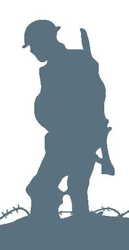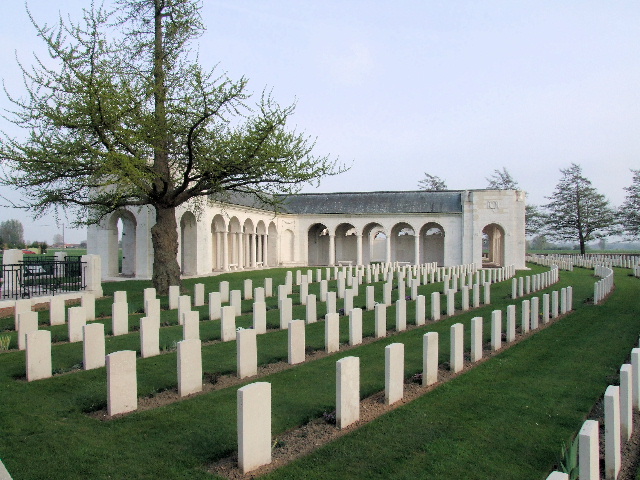Name
Frederick Ansell
Conflict
First World War
Date of Death / Age
18/05/1915
27
Rank, Service Number & Service Details
Serjeant
2584
Hertfordshire Regiment
1st Bn.
Awards: Service Medals/Honour Awards
1914 (Mons) Star, British War and Victory Medals
Cemetery/Memorial: Name/Reference/Country
LE TOURET MEMORIAL
Panel 47.
France
Headstone Inscription
NA
UK & Other Memorials
Stevenage Old Town Memorial, St Nicholas' Church Memorial, Stevenage Old Town, Holy Trinity Church Memorial Roll of Honour, Stevenage Old Town, 4 Co' Hertfordshire Reg' Territorials’ Memorial, Hitchin, Hertfordshire Regimental Memorial, All Saints Church, Hertford
Pre War
Frederick was born in Stevenage on the 14th March 1887, the son of William and Emma Ansell, of 41, Alleyns Road, Stevenage.
In 1891 the family were living in Albert Street, Stevenage with Fred’s father a bricklayers labourer, his mother was present as were the children: Arthur (10), Albert (8), Alfred (6), Fred (4) and Harry (2).
By 1901 they were still in Stevenage, but living in Alleyns Road. The family listed as his parents, William was now listed as a general labourer, and the children listed above. Fred, now 14 was working as a railway parcel collector.
On the 3rd October 1904 Fred, now 17 years-old, gave up his job as a Baker and travelled to London where he joined the Royal Navy, serving in the Royal Marine Light Infantry. He served a number of ships including HMS Attentive, HMS Sapphire and HMS Hogue. The 1911 Census records Fred as being a member of the crew of HMS Juno, moored of off the coast at Margate, Kent. He remained in the service of the Royal Marines until his discharge on the 10th December 1912.
He joined Hertfordshire Territorials with the number 2587 suggesting that was between previous February 1913 date and 1st January 1914. At some point he was recorded as enlisting in Hertford while living was in Stevenage.
Wartime Service
Additional Information
After his death £14 8s 7d was authorised to go to his mother and later a war gratuity of £6 was paid to her.
Acknowledgments
Adrian Dunne, David C Baines, Paul Johnson, Jonty Wild, www.stevenageatwar.com



